Intro of Autoclave
There are a lot of products that need to be sterilized: pharmaceuticals, equipment, solutions, medical waste, and even tattoo needles! We use a device called an Autoclave to sterilize materials in the lab.
Autoclave applications
In today’s demonstration, we’ll show 2 common applications:
1. Sterilize a solution using slow exhaust.
2. Sterilize and dry some empty glassware using fast exhaust.
Would you want a surgeon to use a scalpel that has bacteria growing on it? Of course not! Surgical instruments must be sterilized that means no living organisms are present. There are lots of products that need to be sterilized. Pharmaceuticals… equipment… solutions, medical waste, even tattoo needles. If bacteria, fungi, or viruses are present the result could be deadly.
How do sterilize materials
So how do we sterilize materials in the lab? We use a device called an autoclave. Basically an autoclave is a powerful pressure cooker that uses heat, steam, pressure to destroy microorganisms.
- First we’ll sterilize as a solution using the slow exhaust cycle And
- second, we’ll sterilize some empty bottles using fast exhaust.
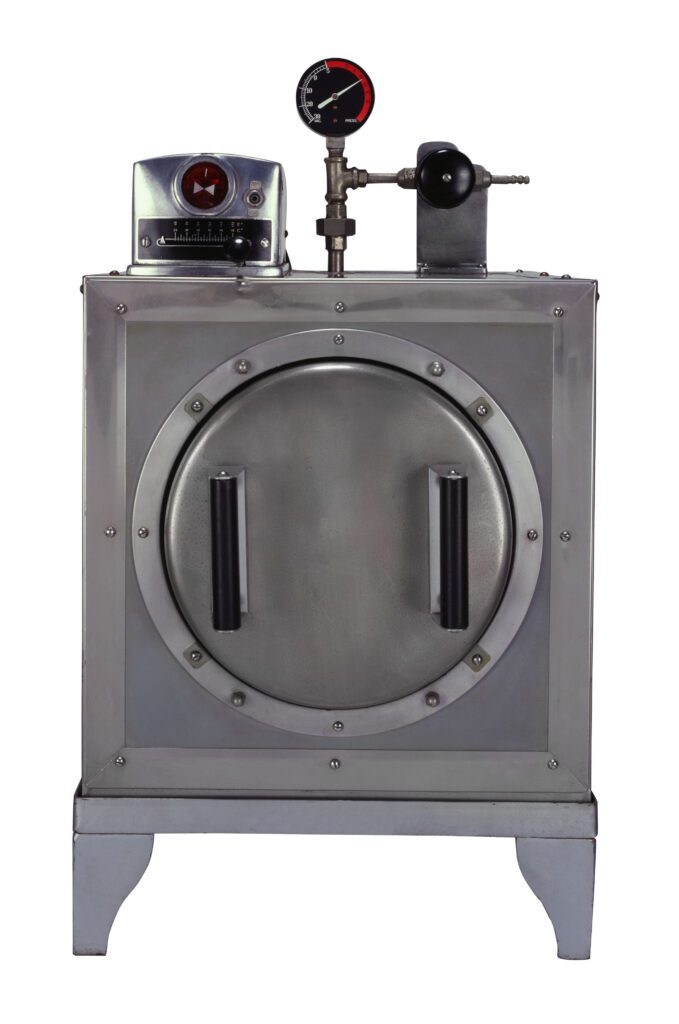
Sterilize a solution using slow exhaust:
We need to sterilize this flask containing an agar bacterial media. Cover the top with foil and place a piece of autoclave tape over the foil. Autoclave tape looks like regular masking tape the difference is that it has a special ink. That causes black diagonal lines to appear. When exposed to high temperature.
Turn on the power and make sure the drain valve is closed. Add de-ionized water to the level indicator line. Place the flask of culture media into the basket. Insert the basket, close the lid, and turn the handle to create an airtight seal. Use the control panel to set the mode to sterilize, the temperature to 121 degrees Celsius and the pressure to 15 psi. The slow exhaust mode prevents the liquid from boiling over and out of the flask.
Learn more about laboratory equipment.
Run the autoclave for at least 15 minutes. While it’s running, enter the date and time and the operation details in the log and initial it. Once the cycle ends and the pressure gauge reads 0 psi slowly open the door wearing heat resistant gloves. The black lines are visible on the autoclave tape indicating that the proper temperature was reached. Once the culture media has cooled to about 45 degrees Celsius. It’s ready to be poured into Petri dishes.
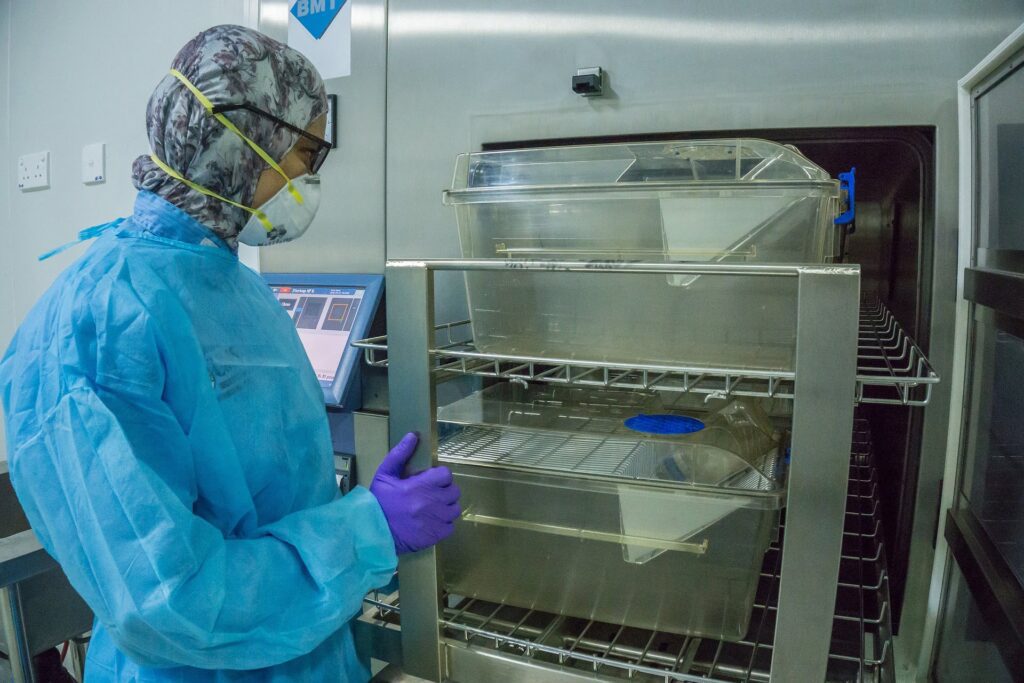
Sterilize and dry some empty glassware using fast exhaust:
Now let’s run the second autoclave cycle this time using the fast exhaust to sterilize some empty bottles. Tighten the cap, but then loosen it about half way. Place the autoclave tape over the lid and put the bottles into the basket. Set the autoclave to 121 degrees Celsius, 15 psi… and a 20-minute runtime.
Select the fast exhaust mode. Complete and initial the log. Once the cycle ends and the pressure gauge reads 0 psi, slowly open the door and remove the basket the black lines are visible on the tape indicating that the proper temperature was reached.
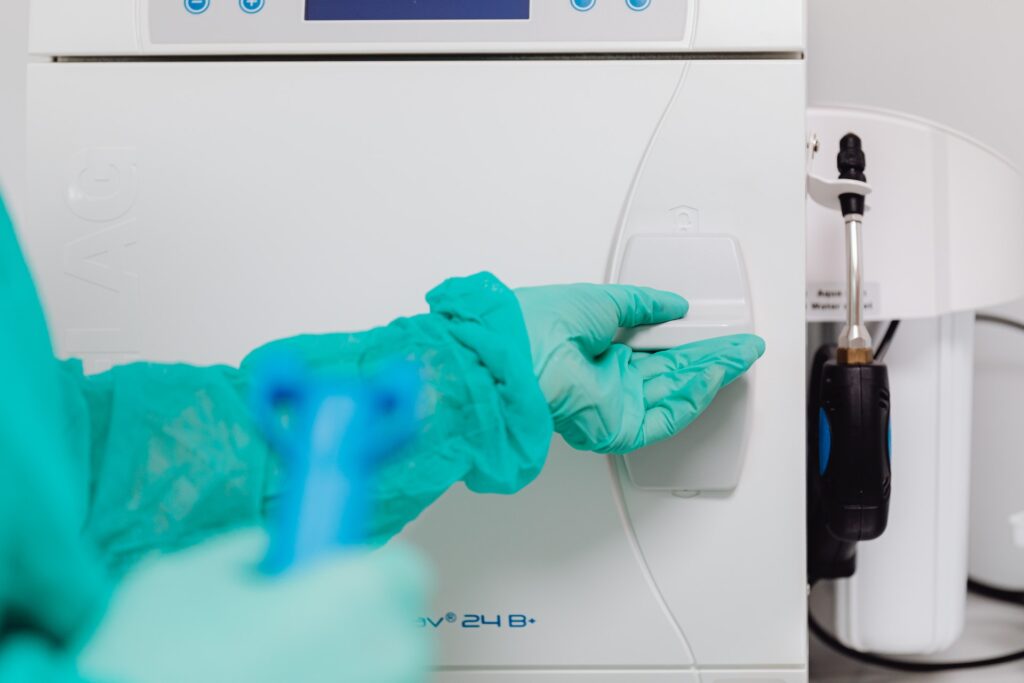
The autoclave is now ready for another run. Remember slow exhaust is for liquids and medical waste. Fast exhaust is presented glassware an instruments. Now you’re ready to go to the lab and use an autoclave.
Learn more about this equipment click the link

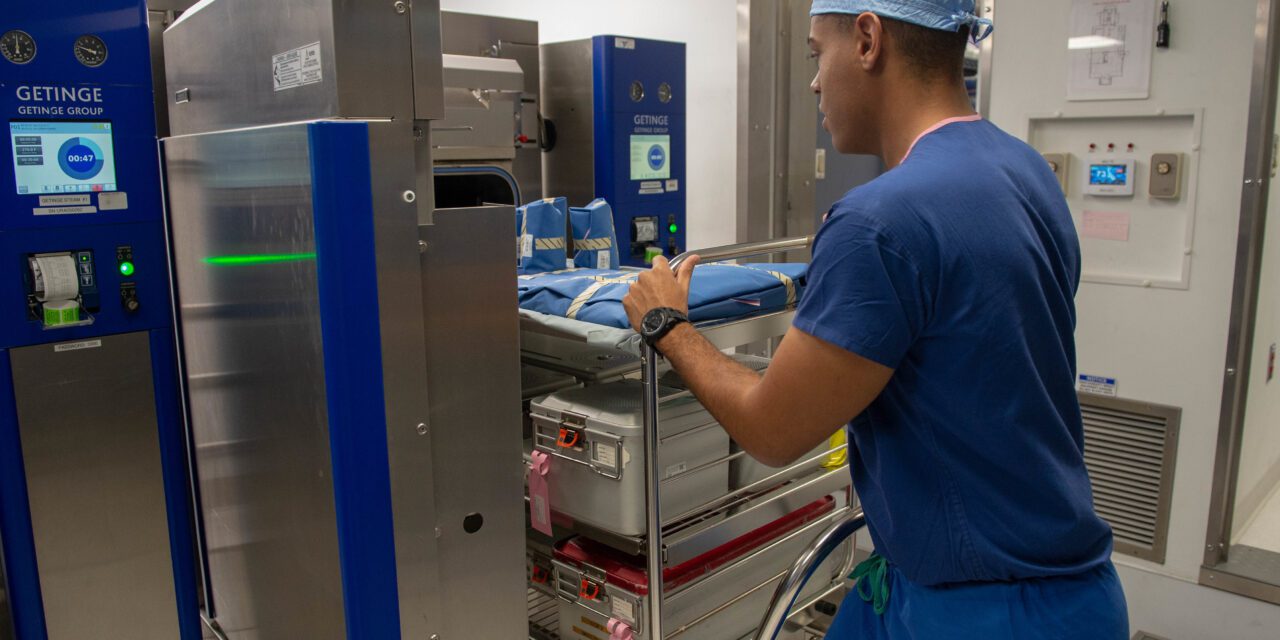
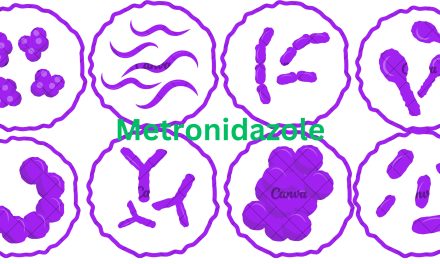
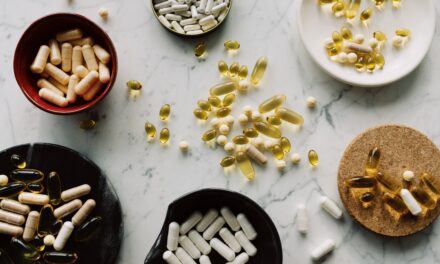
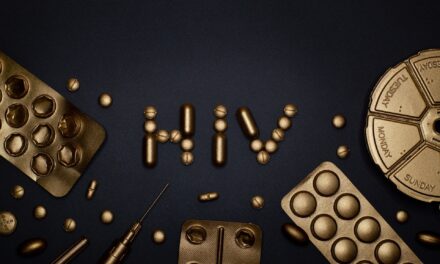
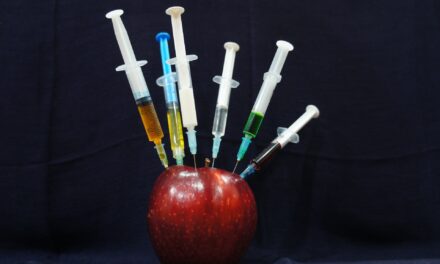

I have learn some excellent stuff here. Certainly worth bookmarking for revisiting. I wonder how a lot effort you put to make such a great informative web site.
You can certainly see your enthusiasm in the work you write. The world hopes for even more passionate writers like you who aren’t afraid to say how they believe. Always follow your heart.
Hi, i read your blog from time to time and i own a similar one and i was just curious if you get a lot of spam comments? If so how do you prevent it, any plugin or anything you can suggest? I get so much lately it’s driving me crazy so any assistance is very much appreciated.
Thanks for sharing. I read many of your blog posts, cool, your blog is very good.
Can you be more specific about the content of your article? After reading it, I still have some doubts. Hope you can help me.
I together with my friends appeared to be viewing the nice tactics located on your web blog while suddenly I had a horrible feeling I never expressed respect to the web blog owner for those techniques. All of the young men ended up consequently stimulated to study all of them and have now unquestionably been taking advantage of them. Appreciation for simply being simply kind as well as for making a decision on some tremendous information most people are really desirous to know about. Our own sincere regret for not saying thanks to sooner.
Keep working ,fantastic job!
Thank you for sharing with us, I believe this website really stands out : D.
You are my aspiration, I have few web logs and very sporadically run out from to post : (.
Merely wanna comment that you have a very nice site, I love the style it really stands out.
The Writing is a go-to resource, like a favorite coffee shop where the barista knows The order. Always comforting.
Nearly all of the things you point out happens to be astonishingly appropriate and that makes me ponder the reason why I had not looked at this in this light previously. This article really did switch the light on for me as far as this topic goes. However there is actually just one position I am not too comfy with so whilst I try to reconcile that with the core idea of your position, allow me observe just what all the rest of the readers have to say.Well done.
Tackled this hard to understand issue with elegance. I didn’t know we were at a ballet.
I do like the manner in which you have framed this specific issue plus it does indeed give me some fodder for thought. However, because of what precisely I have witnessed, I simply trust as other responses pack on that individuals remain on issue and don’t start on a soap box involving the news of the day. All the same, thank you for this superb piece and while I can not concur with the idea in totality, I value your viewpoint.
Normally I don’t read article on blogs, but I would like to say that this write-up very compelled me to check out and do so! Your writing style has been amazed me. Thank you, very great article.
I got what you intend, appreciate it for putting up.Woh I am pleased to find this website through google.
We’re a group of volunteers and opening a new scheme in our community. Your web site provided us with valuable info to work on. You have done a formidable job and our whole community will be grateful to you.
Hello. Great job. I did not expect this. This is a excellent story. Thanks!
Reading The post was like going on a first date with my mind. Excited for the next rendezvous.
The thought-provoking post has me looking forward to more. It’s like the intellectual equivalent of a second date.
I’m extremely inspired with your writing skills and also with the format for your blog. Is that this a paid subject or did you customize it your self? Anyway keep up the excellent high quality writing, it’s uncommon to peer a great blog like this one today. !
Thank you for your sharing. I am worried that I lack creative ideas. It is your article that makes me full of hope. Thank you. But, I have a question, can you help me?
Thank you for your sharing. I am worried that I lack creative ideas. It is your article that makes me full of hope. Thank you. But, I have a question, can you help me?